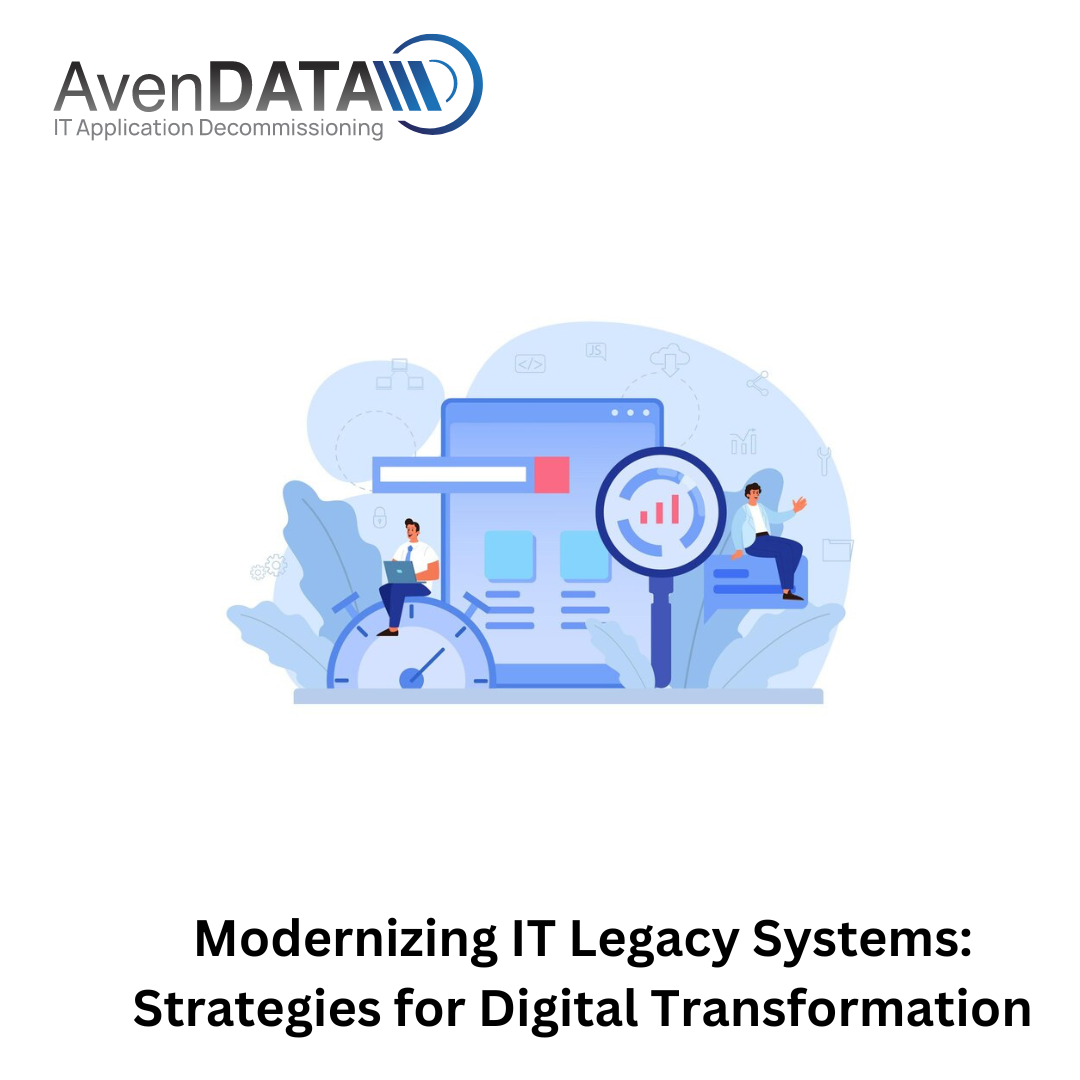Introduction
In today's rapidly evolving technological landscape, businesses face the challenge of modernizing their IT legacy systems to stay competitive and meet the demands of the digital age. Legacy systems, often characterized by outdated technology and cumbersome processes, can hinder innovation and impede growth. However, with the right strategies for digital transformation, organizations can leverage their legacy systems as a foundation for modernization, enabling them to adapt to changing market trends and customer expectations.
Assessment and Planning: Understanding the Current State
The first step in modernizing IT legacy systems is to conduct a comprehensive assessment to understand the current state of the infrastructure, applications, and processes. This involves identifying legacy systems that are outdated or inefficient and evaluating their impact on business operations. By conducting a thorough assessment, organizations can prioritize areas for modernization based on factors such as business criticality, technical debt, and potential return on investment.
Leveraging Emerging Technologies: Embracing Innovation
Once the current state has been assessed, organizations can explore opportunities to leverage emerging technologies for modernization. Technologies such as cloud computing, artificial intelligence, and machine learning offer transformative capabilities that can help organizations streamline processes, improve efficiency, and enhance the customer experience. By embracing innovation, organizations can modernize their IT legacy systems in a way that drives business value and positions them for future growth.
Incremental Modernization: Adopting a Phased Approach
Modernizing IT legacy systems is a complex and challenging process that requires careful planning and execution. To minimize disruption to business operations, organizations can adopt an incremental approach to modernization, focusing on one system or application at a time. This phased approach allows organizations to gradually migrate legacy systems to modern platforms while minimizing risk and ensuring continuity of operations. Additionally, by breaking the modernization process into smaller, manageable steps, organizations can more easily monitor progress and make adjustments as needed.
Collaboration and Change Management: Engaging Stakeholders
Successful modernization of IT legacy systems requires collaboration and buy-in from stakeholders across the organization. This includes IT teams, business leaders, and end users who will be impacted by the changes. Effective change management strategies, such as communication plans, training programs, and stakeholder engagement initiatives, are essential for ensuring that all parties are aligned and prepared for the transition. By fostering a culture of collaboration and transparency, organizations can overcome resistance to change and drive successful modernization efforts.





Comments